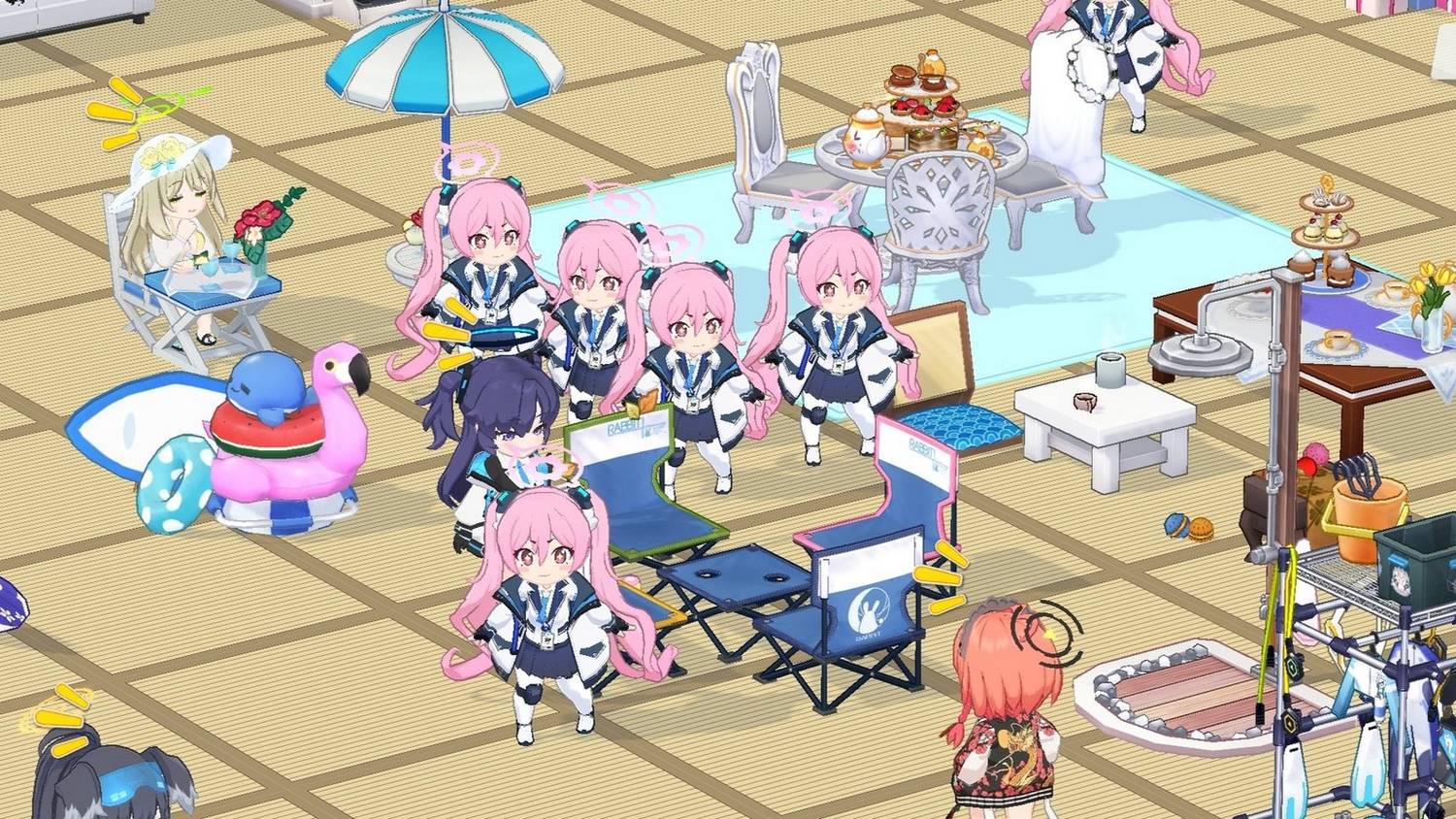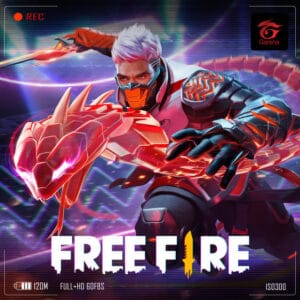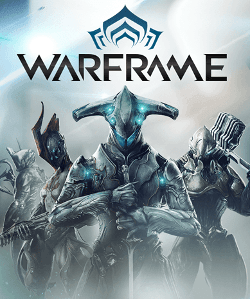H2: Security Breach or Fan Expression? The Unprecedented Cloning of Kurosaki Koyuki
Popular Now
 Auto X Drift Racing 3
Auto X Drift Racing 3
 Valorant
Valorant
 PUBG Mobile
PUBG Mobile
 Brawl Stars
Brawl Stars
 Sonic the Hedgehog™ Classic
Sonic the Hedgehog™ Classic
 Call of Duty
Call of Duty
 BeamNG.drive
BeamNG.drive
 Among Us
Among Us
 Gacha Club
Gacha Club
 Minecraft
Minecraft 
The world of Blue Archive, Nexon’s popular tactical schoolgirl gacha game, was recently thrown into delightful chaos by what is now being dubbed the “Koyukification” event. In a highly unusual security breach, a hacker managed to infiltrate the game’s infrastructure, not to steal sensitive data or currency, but to saturate the virtual world with clones of their favorite character: Kurosaki Koyuki.
This rare instance of ‘hacking for joy’ saw players on the global servers log in on August 31, 2025, to a bizarre new reality. The game’s cafes and arcades were suddenly overrun by dozens of duplicated Koyukis, her twin-tailed pink silhouette replacing key art and even filling the recruitment banners. The mischief extended to a full-on metadata defacement, with the title of the game’s information page being edited to read “nihahaha,” mimicking the character’s signature mischievous laugh. This unprecedented event has become a viral talking point in the Gacha Gaming community, creating a new layer of in-game lore.
H2: Exploiting the Content Delivery Network for Client-Side Chaos
The mechanism behind this mass-cloning spectacle was highly technical but seemingly non-malicious. Publishers Nexon quickly initiated an emergency maintenance period and a subsequent investigation, providing transparency on the breach. Their findings confirmed that the attacker did not compromise the core game database, which holds all sensitive information like player accounts, game data, and payment information. This crucial data is managed separately and routinely validated by the server, confirming the attacker was not after the high-value user data typically targeted in cyberattacks, easing concerns over digital security and online fraud that typically follow such incidents.
Instead, the perpetrator managed to gain unauthorized access to the game’s Content Delivery Network (CDN). The CDN is responsible for distributing and managing the client-side display elements of the game, such as images, character models, and environmental settings. By redirecting these CDN configuration settings to an external IP address, the hacker was able to overwrite and substitute certain game assets with the image and 3D model of Koyuki, a character known in the game for her own considerable code-breaking skills.
- Targeted Asset Manipulation: The hack specifically targeted elements like recruitment banners, cafe characters, and informational page text.
- Client-Side Effect: The changes only affected what players saw on their screen, leading to a temporary, widespread visual phenomenon without impacting the integrity of player progression or the in-game economy.
- A Digital Prank: The nature of the attack—choosing a character known for troublemaking and injecting her signature laugh—suggests the motivation was primarily one of entertainment and fan expression rather than financial gain, a truly rare sight in the mobile gaming landscape.
 H2: Nexon’s Response: Compensation and Heightened Security Measures
H2: Nexon’s Response: Compensation and Heightened Security Measures
While the incident was an elaborate prank, the security breach itself was treated with the utmost seriousness by Nexon. The company took the necessary steps to purge the excess clones and restore all official game assets. The incident was reported to the Korea Internet & Security Agency (KISA), and new cybersecurity countermeasures were implemented, specifically focusing on strengthening access restrictions and adding double controls over the CDN’s environment settings to prevent future vulnerabilities.
As compensation for the unscheduled downtime and the temporary, jarring experience, Nexon offered a generous package of in-game currency and items to all players, including a 10-Recruitment Ticket and hundreds of Pyroxenes. This swift and positive response has helped to mitigate player frustration, turning the “Koyukification” from a potential crisis into a memorable event and a testament to the dedication of the game’s fan base, even the ones capable of high-level network intrusion.
The spectacle of a beloved character’s takeover has generated significant organic traffic and discussion across social media platforms, providing a unique form of viral marketing. The incident serves as a stark reminder of the constant tension between maintaining a secure online environment and the unpredictable ingenuity of a passionate, if occasionally rogue, player community, making the game a continued subject of public interest in the competitive Anime RPG market.









